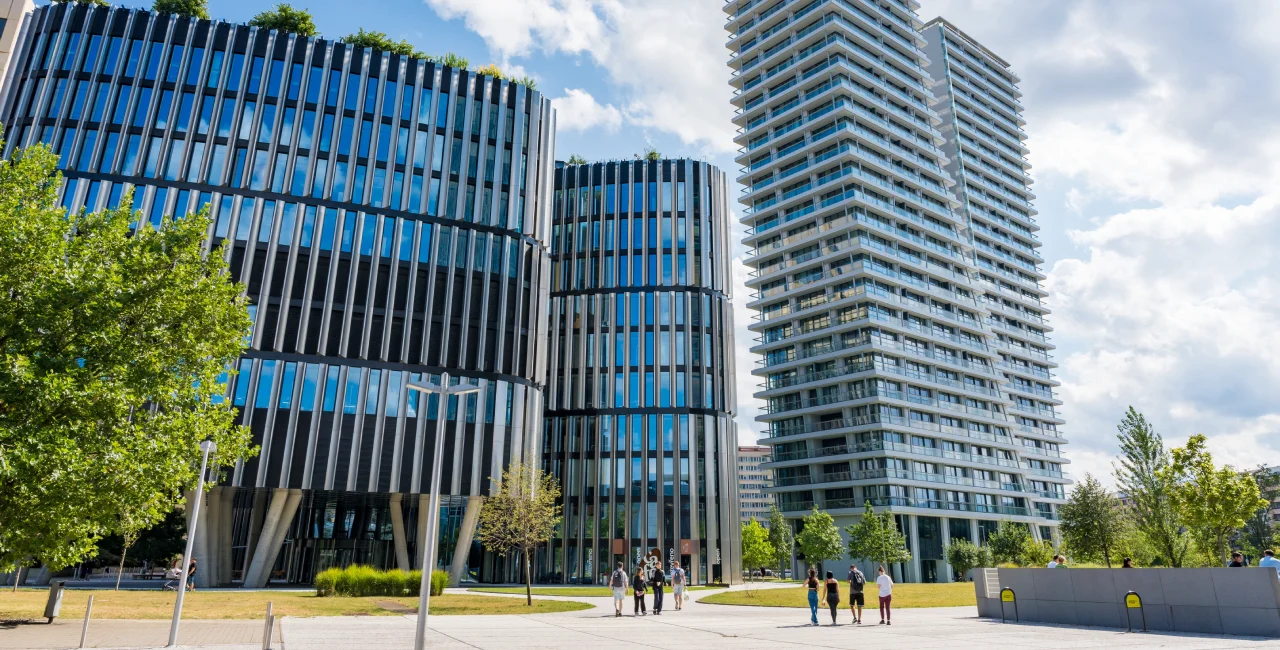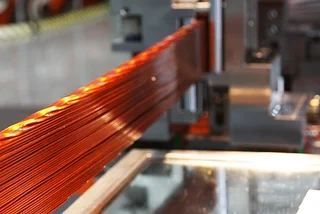After several years of sluggish post-pandemic recovery, the Czech economy has recorded its strongest growth in nearly three years. The country’s gross domestic product grew by 2.4 percent year over year in the first quarter of 2025, according to revised figures released by the Czech Statistical Office (ČSÚ) on Friday. That’s a slight upward revision from the preliminary estimate of 2.2 percent published in May.
The rebound signals a shift toward stronger domestic demand, as the data points to rising household consumption and increased government spending. On a quarterly basis, GDP grew by 0.7 percent, marking a steady improvement from the previous quarter and providing a cautious sense of optimism among economists.
Growth driven by domestic demand amid export drag
The 2.4 percent year-on-year increase in GDP for Q1 2025 is the most significant rise since the second quarter of 2022. Economists say the main driver of growth was increased consumption, particularly from households and public institutions. In contrast, the external sector—especially foreign trade—acted as a drag on year-on-year performance.
“In the first quarter, there was a modest improvement in the financial situation of households—their incomes and expenditures both grew in real terms,” said Vladimír Kermiet, head of the national accounts department at ČSÚ.
Real income from employment rose 2.8 percent compared to a year earlier, and real household consumption per capita increased by 2.7 percent.
Although the household saving rate dipped to 18.3 percent—down from 19.8 percent in the previous quarter—it remains relatively high by historical standards. Kermiet emphasized that while some households are spending more, a significant portion is still maintaining higher-than-usual savings, likely a residual effect of the pandemic years.
Quarter-on-quarter GDP growth was bolstered not only by consumption but also by gross capital formation, particularly household investment. However, overall investment remains uneven. According to ČSÚ, the household investment rate stagnated at 10.2 percent in Q1, and declined by 0.6 percentage points year over year.
Analysts see solid 2025 outlook despite investment lag
Despite some concerns about weak investment activity, analysts remain largely upbeat about the outlook for 2025, according to analysts contacted by Czech News Agency. Petr Dufek, chief economist at Banka Creditas, said the updated Q1 figures confirm expectations of approximately 2 percent GDP growth for the full year—an improvement from the 1.1 percent growth seen in 2024.
“These revised numbers don’t change the overall picture of the Czech economy,” Dufek said. “We still expect this year’s GDP to grow around 2 percent, which would be a marked acceleration from last year.”
Radomír Jáč, chief economist at Generali Investments CEE, echoed this sentiment. “The pace of growth could roughly double this year compared to 2024. Household consumption and inventory changes are likely to be the key growth drivers, with government spending also playing a supportive role,” he said.
Nonetheless, Jáč noted that renewed investment activity may depend on broader geopolitical and economic factors—particularly the outcome of trade negotiations between the European Union and the United States. A favorable resolution could restore business confidence and unlock delayed capital expenditure.
Meanwhile, Vít Hradil, chief economist at Investika, highlighted the positive momentum reflected in the quarter-on-quarter growth figure. “A 0.7 percent quarterly gain is very solid,” he said. “If the economy could maintain this pace, we’d be looking at annual growth close to 3 percent, which would be objectively a good result.”
Still, Dufek warned that persistent uncertainty—ranging from rising energy costs to weak external demand—continues to weigh on business investment. “Companies remain cautious. Even in these revised figures, we see that many are still postponing investment plans,” he said. “Yet investment is what lays the groundwork for future growth.”












 Reading time: 3 minutes
Reading time: 3 minutes 























